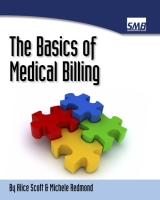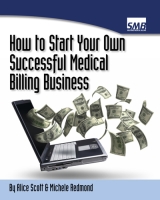Many people get very confused by all the different ways that insurance companies process claims and how they calculate what the patient owes. It is crucial that the providers have someone in their office or a good billing service that knows how to read the eobs and that they are billing the patients correctly.
Most offices will ask for the copay when the patient checks in which is a good idea. There may not be a good opportunity to get it on the way out. For example, if the patient doesn’t need to be seen again they may not even need to stop back at the desk. Or if they don’t feel well and they spend an hour and a half in the office, they probably just want to get out of there. It’s just a real good idea to collect the copay when the patient checks in. It eliminates the need to bill a patient later if they get out without paying the copay.
Sometimes patients do not want to pay the copay. Copays are due at the time of service according to most of the contracts that insurance companies require the provider signs to be in their network. It is not the providers who set that rule. If the patient truly just doesn’t have the money, then it’s ok to cut them a break and let them bring it in at another time or bill them. I went to urgent care once with a urinary tract infection. I was in agony and when I got there I realized I had forgotten my purse. They were nice enough to see me even though I couldn’t pay my copay and I didn’t even have my insurance card. I stopped by later that day with the card and the copay.
Many providers don’t realize that they are actually breaking their contract with the insurance carrier if they DON’T charge the patient the copay. If a provider is regularly not charging for copays and an insurance carrier finds out, they can terminate the provider’s contract. This is actually a great tool to use for patients who try to get out of paying the copay. The provider can tell them that if he gets caught not charging the copay he can be thrown out of the patient’s plan.
If you have a patient with a hardship case and the provider is going to forgive a copay, or forgive all copays for a period of time then the patient’s file should be well documented. For example - a patient’s husband was in a bad automobile accident and is out of work for a period of time and the provider decides to forgive her copays while the husband is out of work. The patient’s file should clearly indicate exactly why the copays aren’t being collected. Give details, such as “Pt’s husband in auto acc on 8/3/08 and out of work indefinitely. Only collecting 50% pay. Have 5 children.” Or whatever the case is.
Bottom line, copays actually work out best for a provider since they know up front what the patient’s responsibility is going to be and can collect it prior to seeing the patient. It is always easier to get paid up front than to have to bill the patient. Make sure the person checking the patient in is consistent about collecting the copays.



